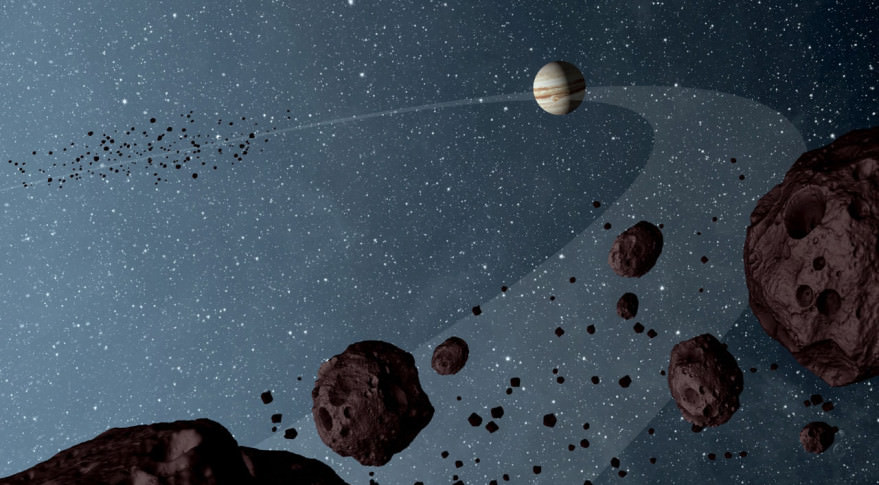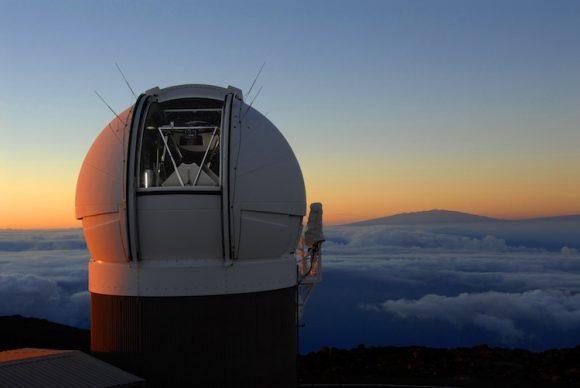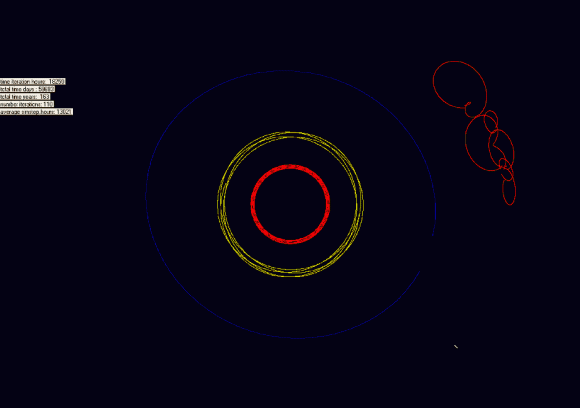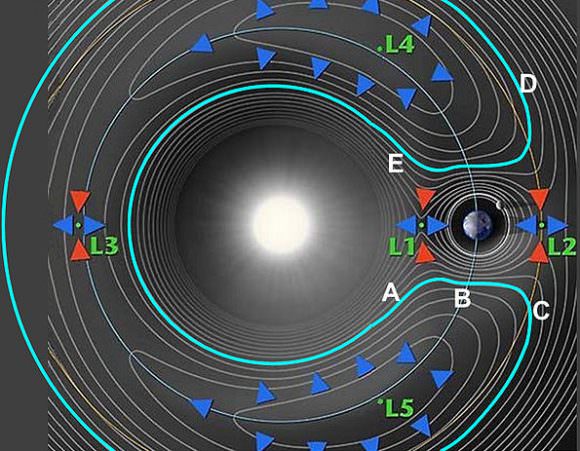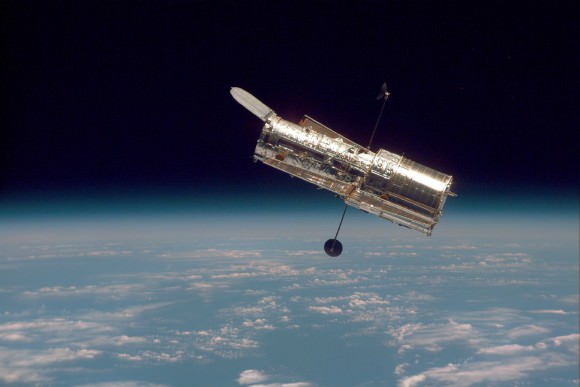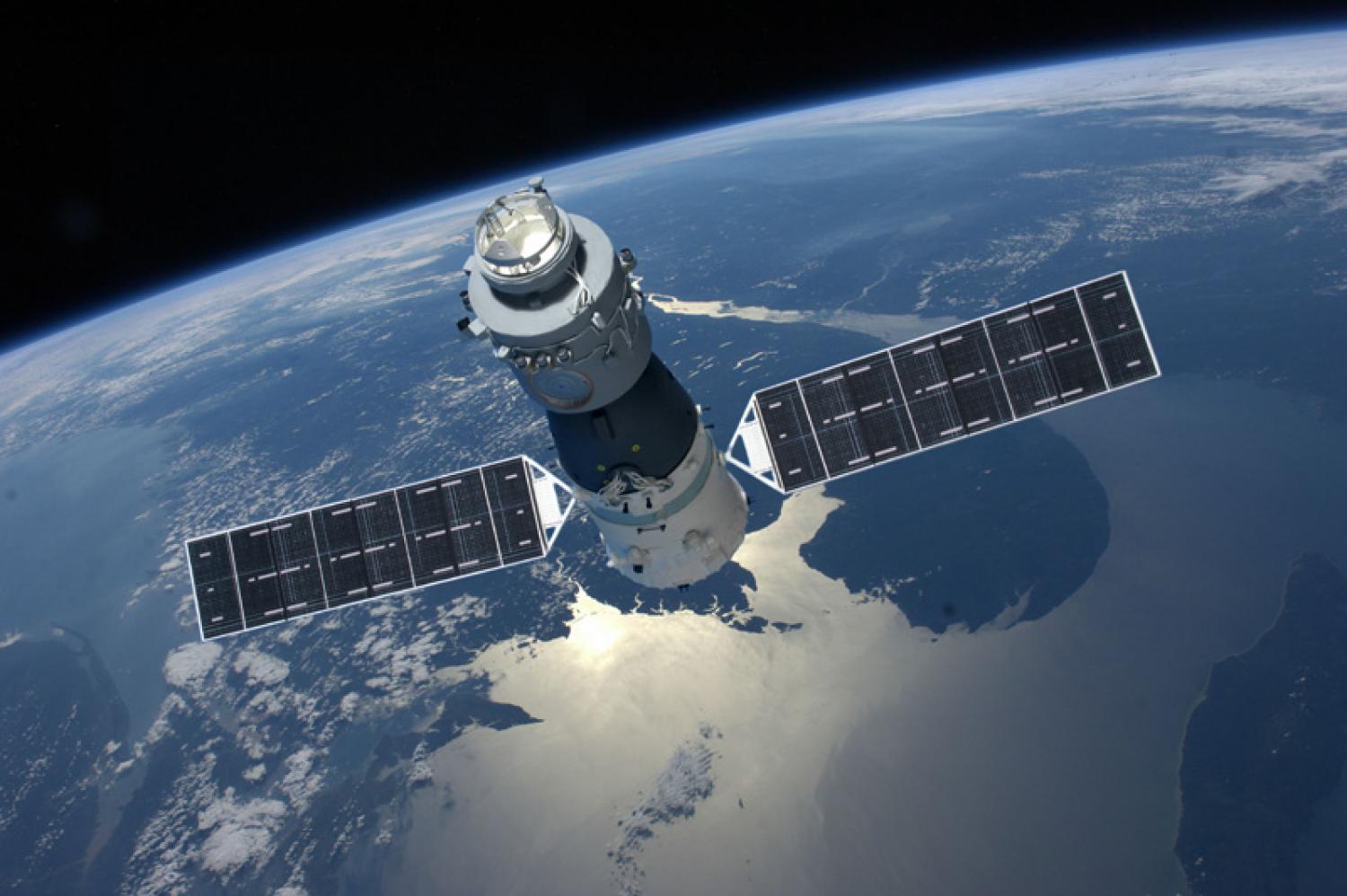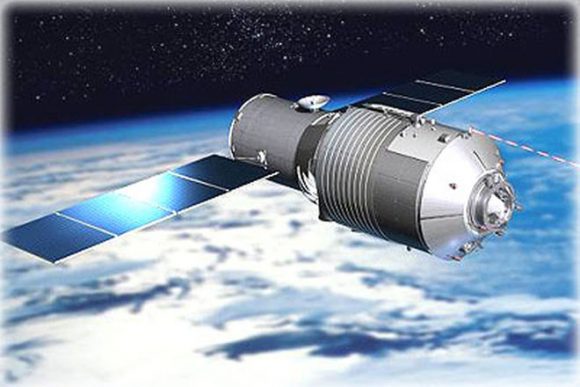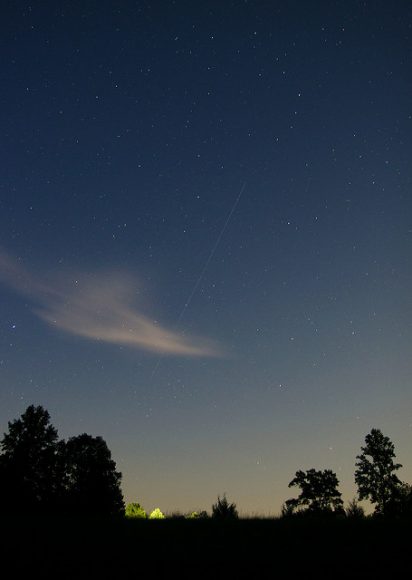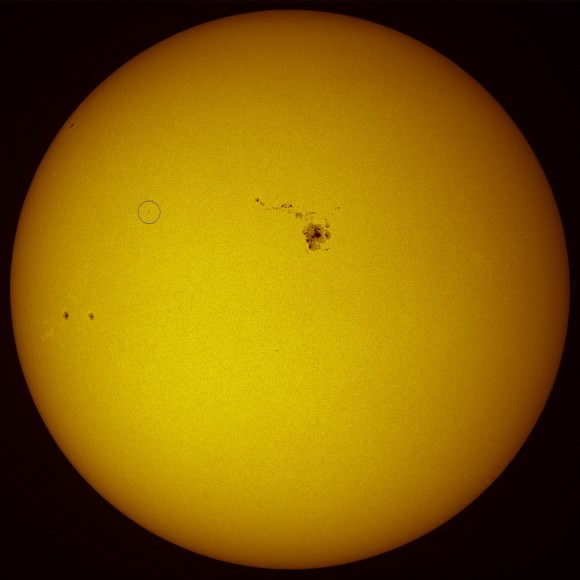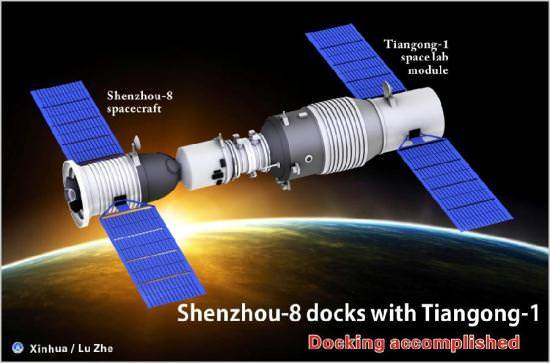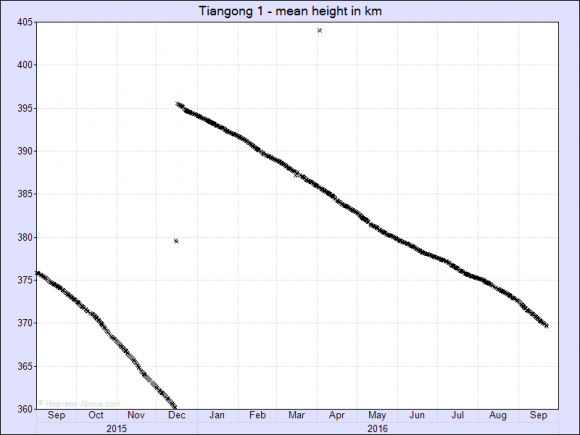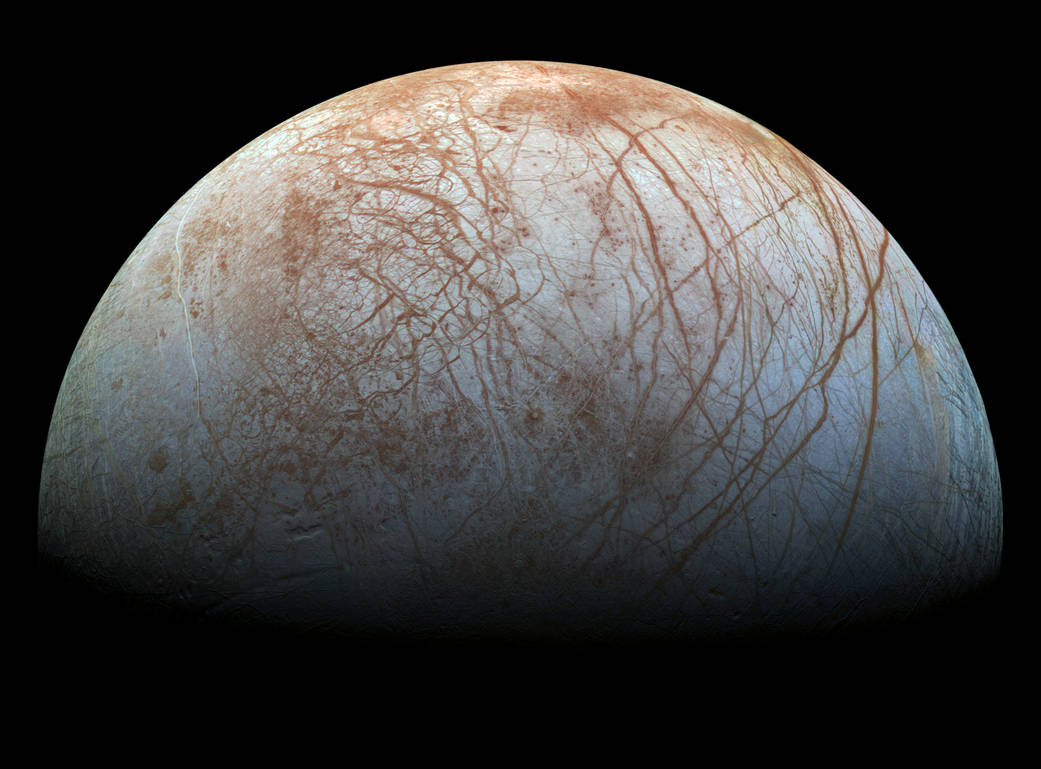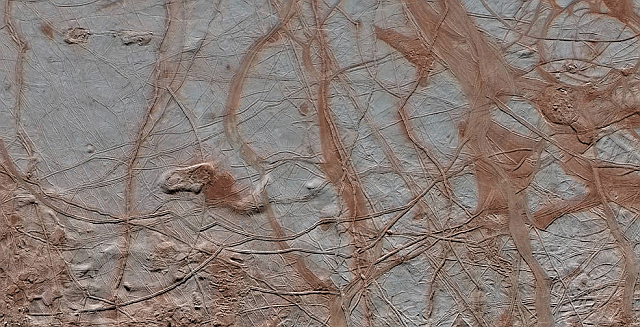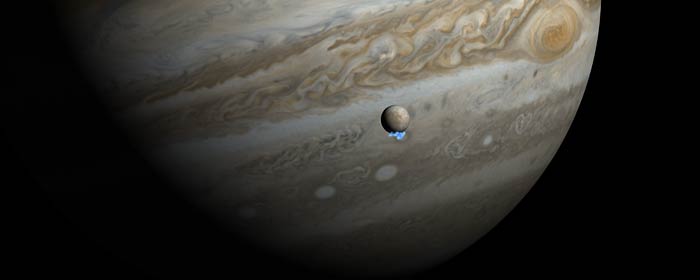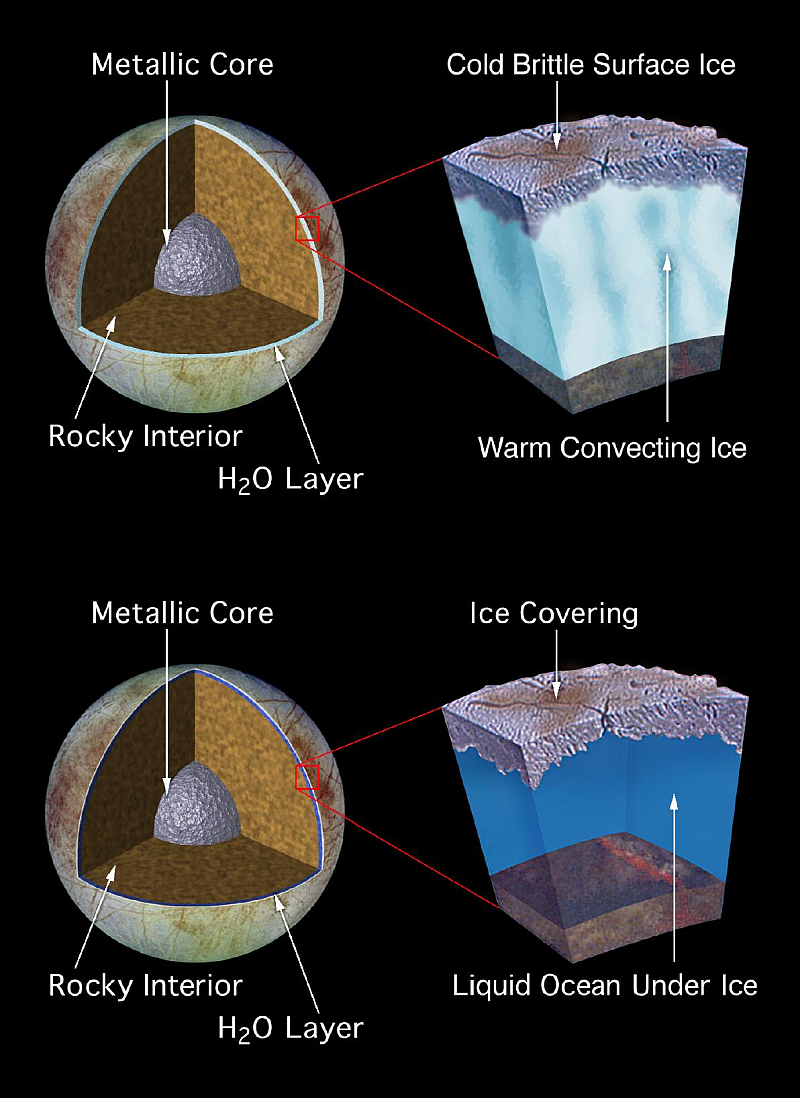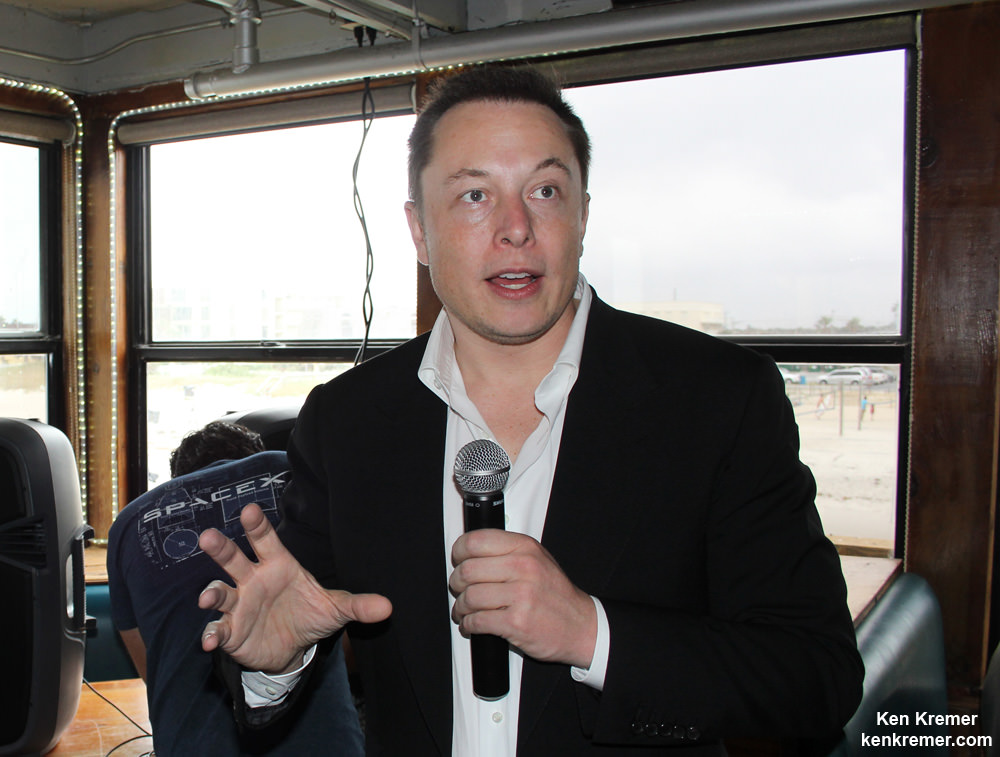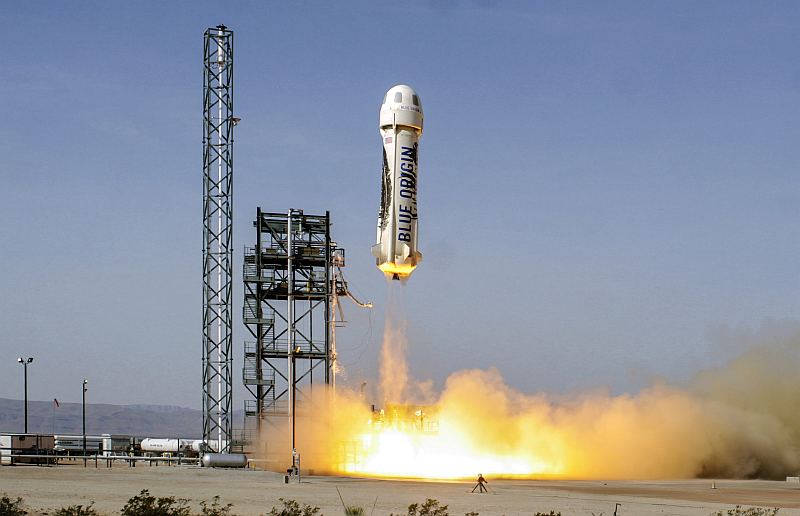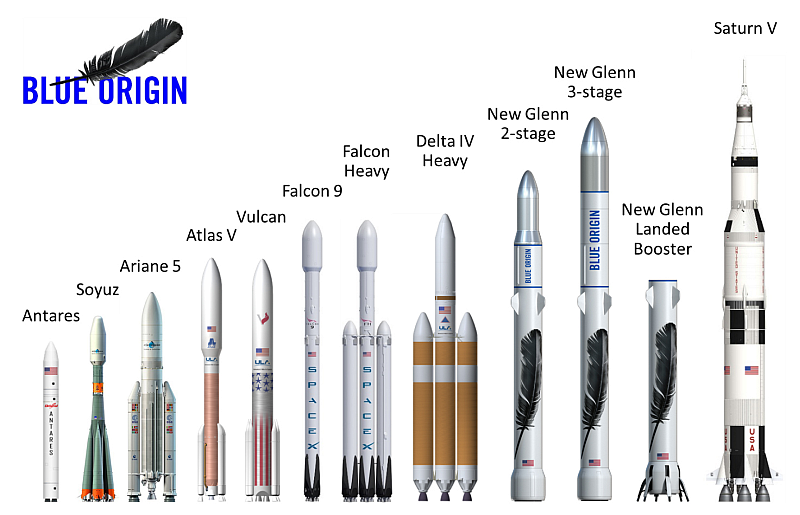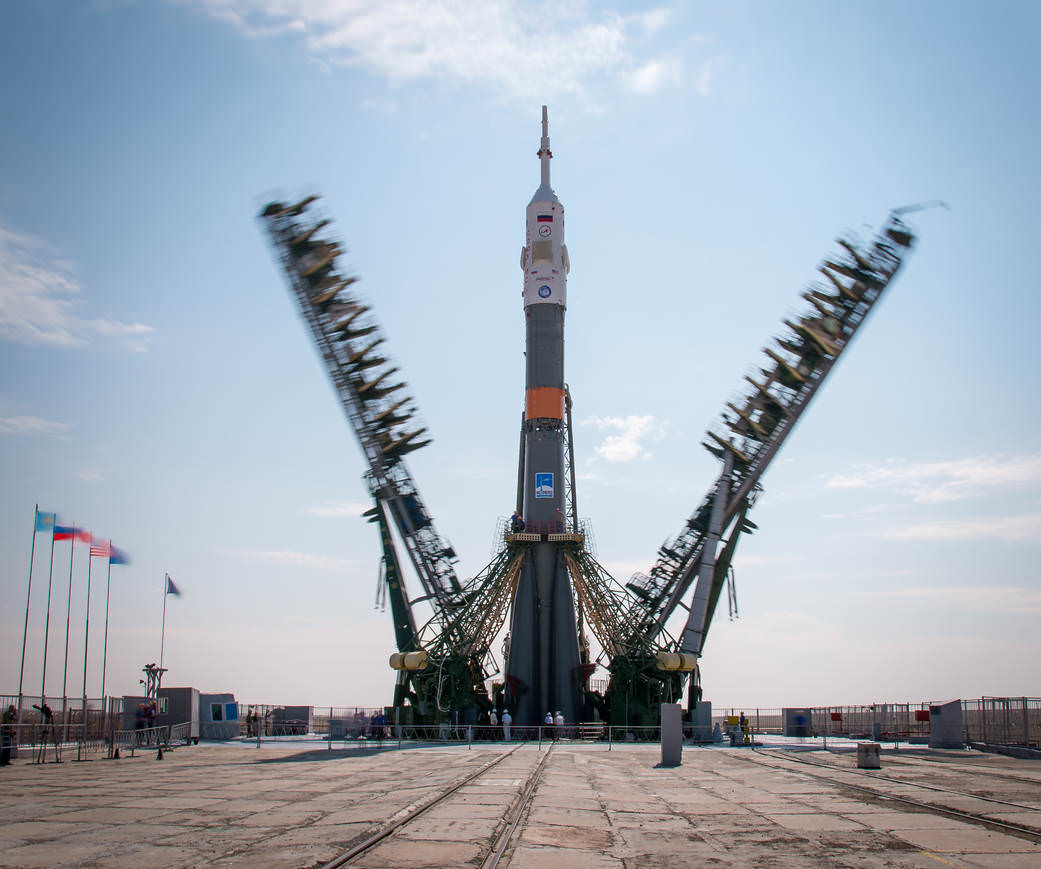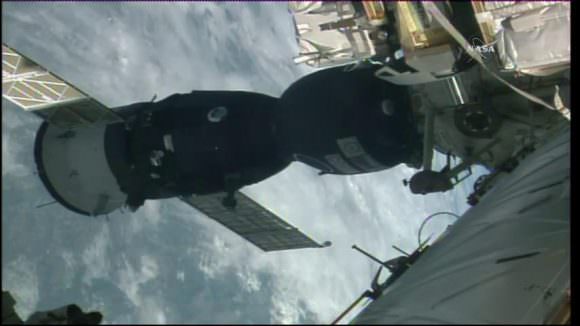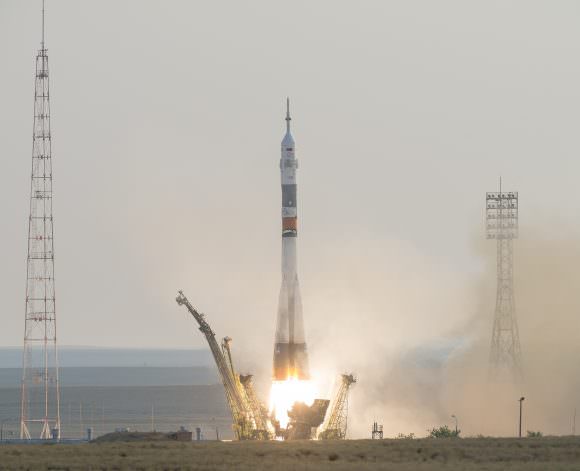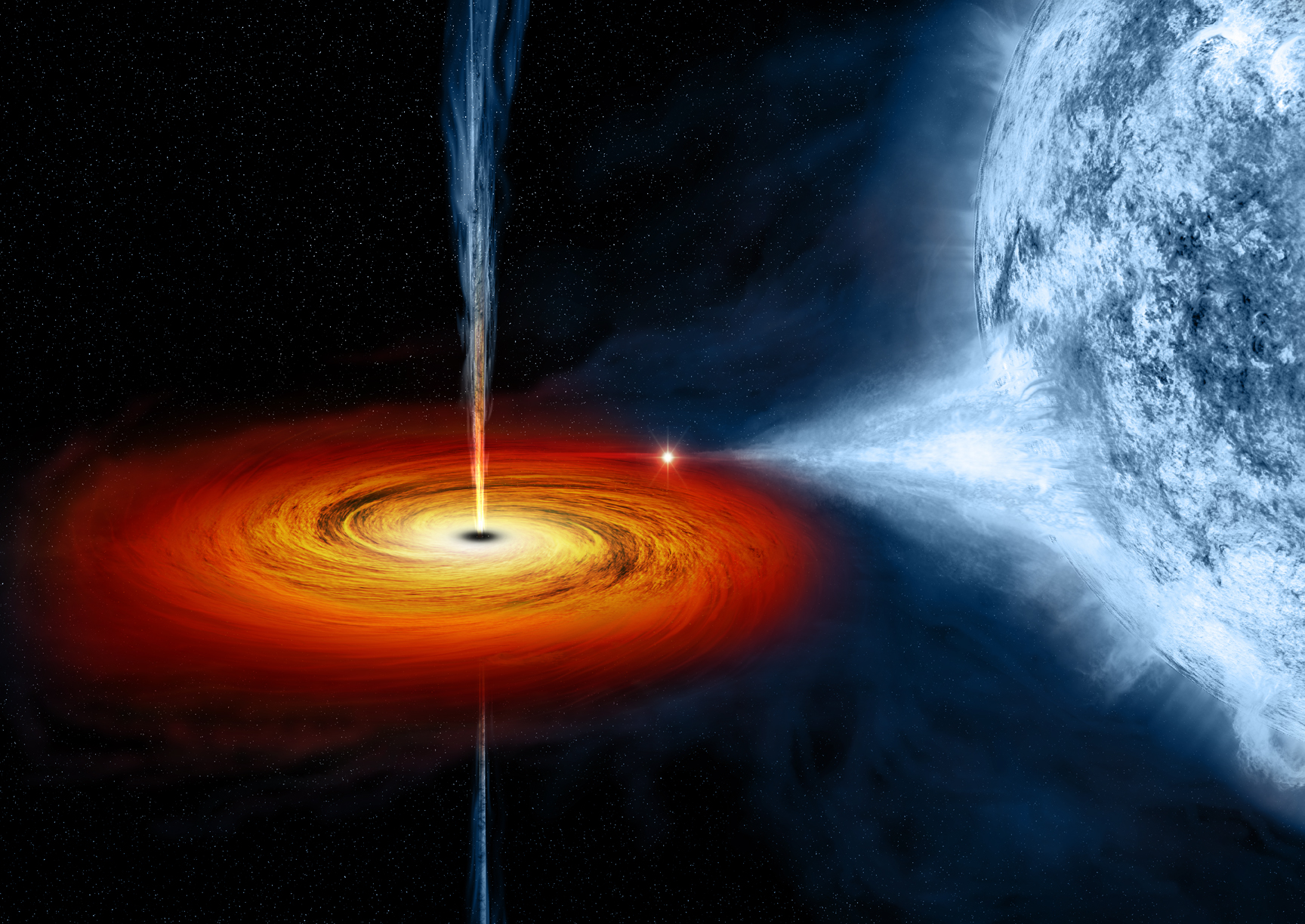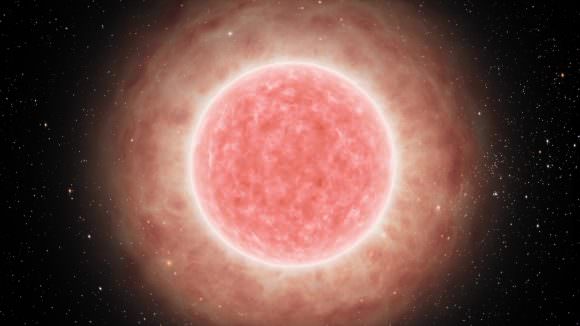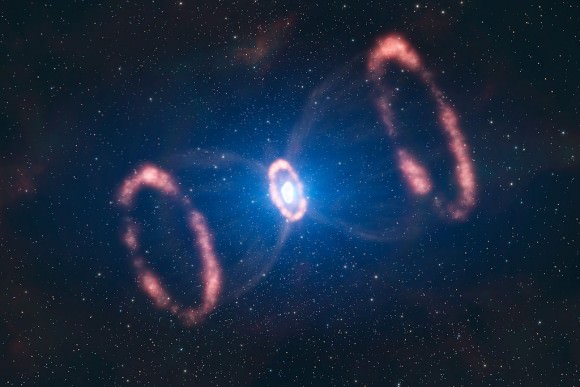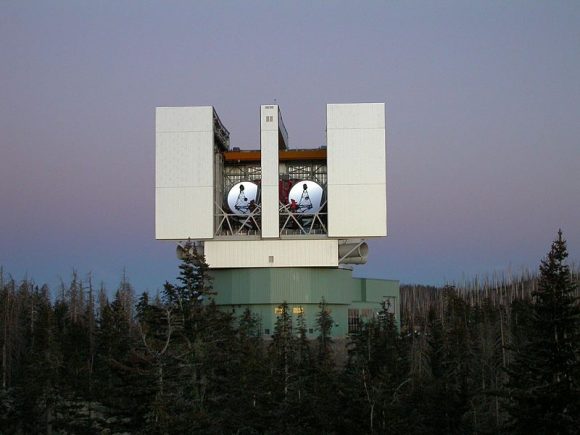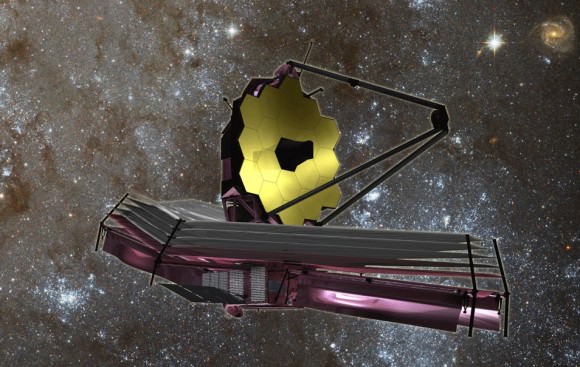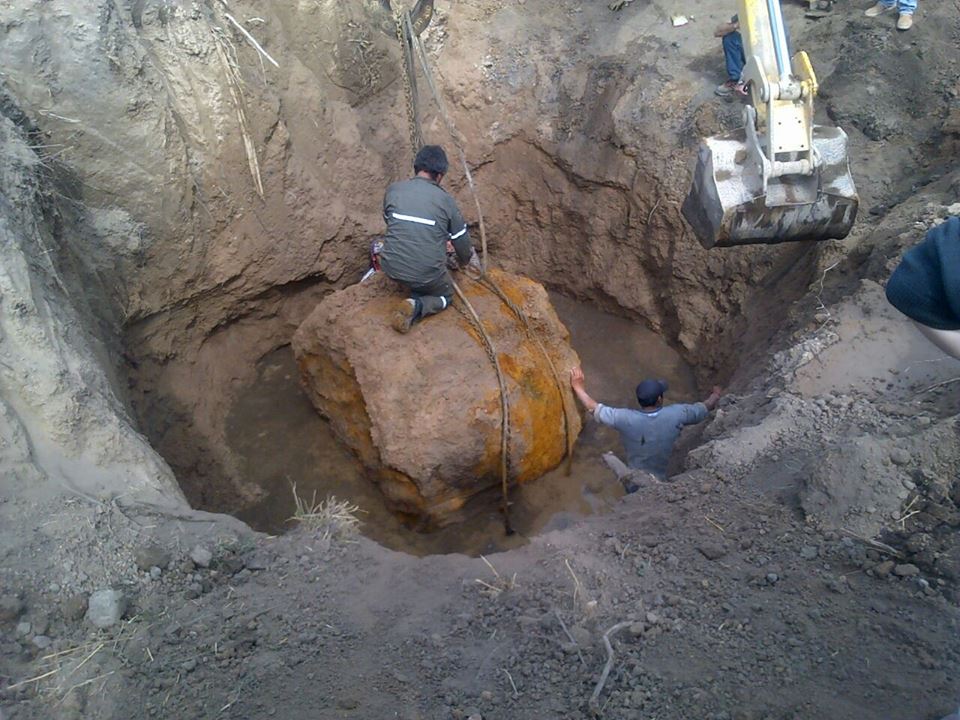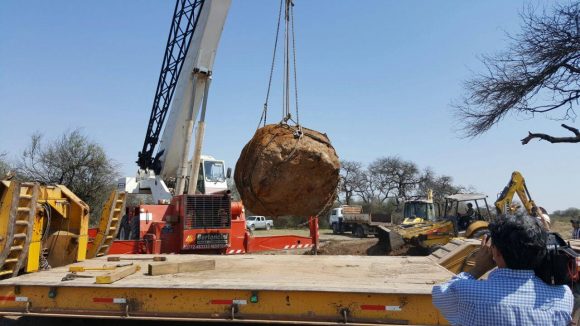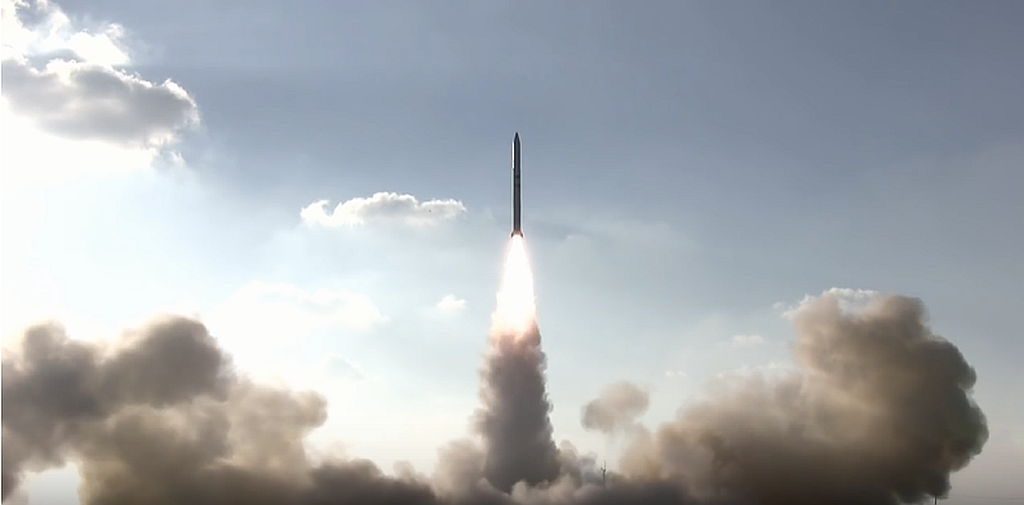On Sept. 15th, the Senate Committee on Commerce, Science, and Transportation met to consider legislation formally introduced by a bipartisan group of senators. Among the bills presented was the NASA Transition Authorization Act of 2016, a measure designed to ensure short-term stability for the agency in the coming year.
And as of Thursday, Sept. 22nd, the Senate Commerce Committee approved the bill, providing $19.5 billion in funding for NASA for fiscal year 2017. This funding was intended for the purpose of advancing the agency’s plans for deep space exploration, the Journey to Mars, and operations aboard the International Space Station.
According to Senator Ted Cruz, the bill’s lead sponsor, the Act was introduced in order to ensure that NASA’s major programs would be stable during the upcoming presidential transition. As Cruz was quoted as saying by SpaceNews:
“The last NASA reauthorization act to pass Congress was in 2010. And we have seen in the past the importance of stability and predictability in NASA and space exploration: that whenever one has a change in administration, we have seen the chaos that can be caused by the cancellation of major programs.”
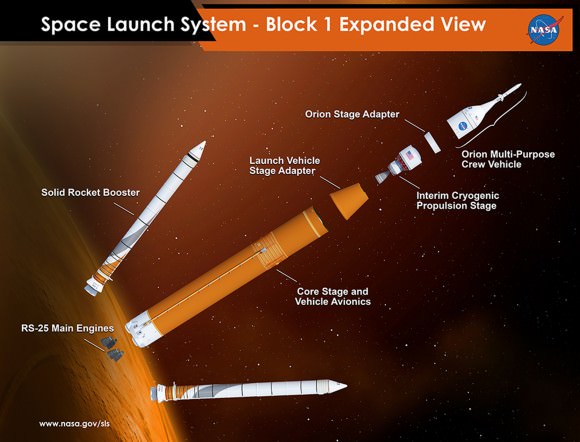
This last act was known as the “NASA Authorization Act of 2010“, which authorized appropriations for NASA between the years of 2011-2013. In addition to providing a total of $58 billion in funding for those three years, it also defined long-term goals for the space agency, which included expanding human space flight beyond low-Earth orbit and developing technical systems for the “Journey to Mars”.
Intrinsic to this was the creation of the Space Launch System (SLS) as a successor to the Space Shuttle Program, the development of the Orion Multipurpose Crew Vehicle, full utilization of the International Space Station, leveraging international partnerships, and encouraging public participation by investing in education.
These aims are outlined in Section 415 of the bill, titled “Stepping Stone Approach to Exploration“:
“In order to maximize the cost-effectiveness of the long-term exploration and utilization activities of the United States, the Administrator shall take all necessary steps, including engaging international, academic, and industry partners to ensure that activities in the Administration’s human exploration program balance how those activities might also help meet the requirements of future exploration and utilization activities leading to human habitation on the surface of Mars.”
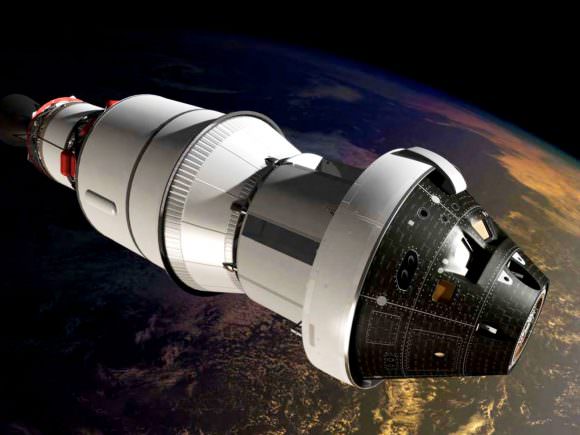
While the passage of the bill is certainly good news for NASA’s bugeteers, it contains some provisions which could pose problems. For example, while the bill does provide for continued development of the SLS and Orion capsule, it advised that NASA find alternatives for its Asteroid Robotic Redirect Missions (ARRM), which is currently planned for the 2020s.
This mission, which NASA deemed essential for testing key systems and developing expertise for their eventual crewed mission to Mars, was cited for not falling within original budget constraints. Section 435 (“Asteroid Robotic Redirect Mission“), details these concerns, stating that an initial estimate put the cost of the mission at $1.25 billion, excluding launch and operations.
However, according to a Key Decision Point-B review conducted by NASA on July 15th, 2016, a new estimate put the cost at $1.4 billion (excluding launch and operations). As a result, the bill’s sponsors concluded that ARM is in competition with other programs, and that an independent cost assessment and some hard choices may be necessary.
In Section 435, subsection b (parts 1 and 2), its states that:
“[T]he technological and scientific goals of the Asteroid Robotic Redirect Mission may not be commensurate with the cost; and alternative missions may provide a more cost effective and scientifically beneficial means to demonstrate the technologies needed for a human mission to Mars that would otherwise be demonstrated by the Asteroid Robotic Redirect Mission.”
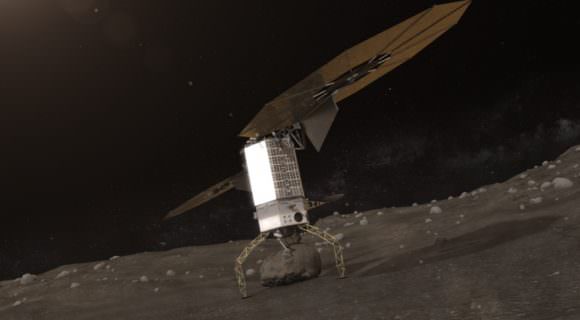
The bill was also subject to amendments, which included the approval of funding for the development of satellite servicing technology. Under this arrangement, NASA would have the necessary funds to create spacecraft capable of repairing and providing maintenance to orbiting satellites, thus ensuring long-term functionality.
Also, Cruz and Bill Nelson (D-Fla), the committee ranking member, also supported an amendment that would indemnify companies or third parties executing NASA contracts. In short, companies like SpaceX or Blue Origin would now be entitled to compensation (above a level they are required to insure against) in the event of damages or injuries incurred as a result of launch and reentry services being provided.
According to a Commerce Committee press release, Sen. Bill Nelson had this to say about the bill’s passage:
“I want to thank Chairman Thune and the members of the committee for their continued support of our nation’s space program. Last week marked the 55th anniversary of President Kennedy’s challenge to send a man to the Moon by the end of the decade. The NASA bill we passed today keeps us moving toward a new and even more ambitious goal – sending humans to Mars.”
Further Reading: SpaceNews, congress.gov


